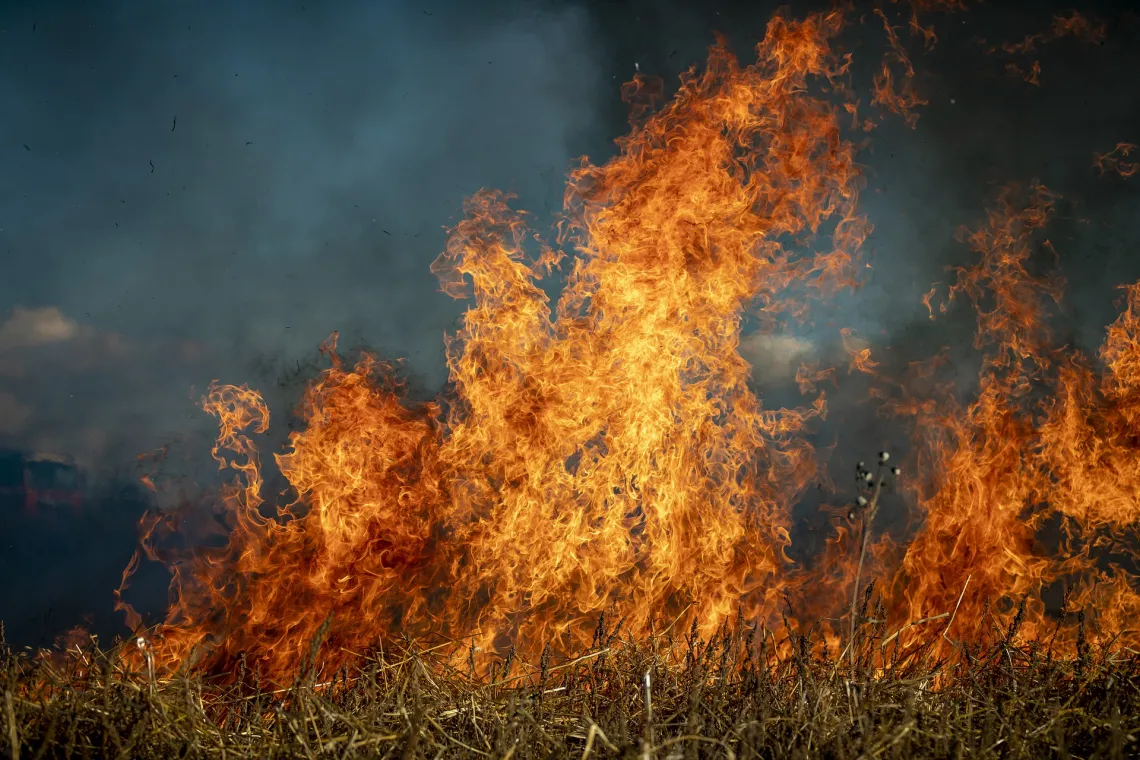Mapping Stories of Desert Fires

Pixabay
Fire has always been a part of the Sonoran Desert's history. Whether sparked by heatwaves, monsoon lightning, or by human hands, flames and the Southwest U.S.'s landscapes, ecosystems, climates, and societies have shaped each other.
Anna Murveit, PhD candidate in the School of Geography, Development and Environment and researcher at the Udall Center, was selected as one of eight members of the 2020-2021 cohort of Natural Resources Workforce Development (NRWD) Fellows. The cohort got to spend the year engaged in team science focused on resource management in the aftermath of landscape-scale disturbances – such as fire.
The cohort's project culminated with the creation of a story map: a website describing the historical context of fire, its treatment strategies, climate impacts, management recommendations, and integration with Southwestern society. They skillfully blend scientific findings with Indigenous knowledge. The website hosts four podcast episodes produced in collaboration with the Karuk Tribe located in Northern California that has practiced cultural burning for thousands of years. The podcast shares Karuk stories and perspectives on fire.
“We learned about how intentional fire has shaped the fire-adapted ecology of the Klamath Mountains, a hotspot of biodiversity. But one of the things that taught me the most was ‘Practicing Pikyav,’ which is the Karuk Tribe’s policy for research collaborations,” said Udall Center researcher Anna Murveit. “This process seeks to address the legacy of extractive research practiced by academic institutions in Native communities. Selecting a project with the Karuk Tribe came with a lot of responsibility and required us to be very thoughtful about the way we worked together.”
You can read the story map, titled: Improving our relationship with fire: an examination of how we and our ecosystems respond to fire in a changing climate. Find out more about the NRWD fellowship, including activities of the 2021-2022 cohort.
Adapted from the January 24, 2022 article in the Arizona Institutes for Resilience (AIR) newsletter, The Dirt.

